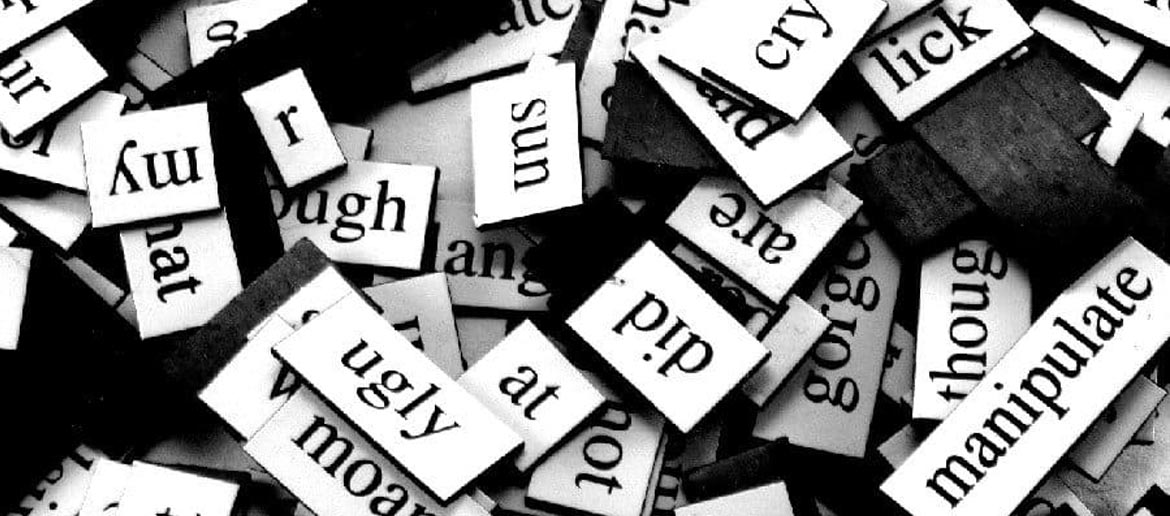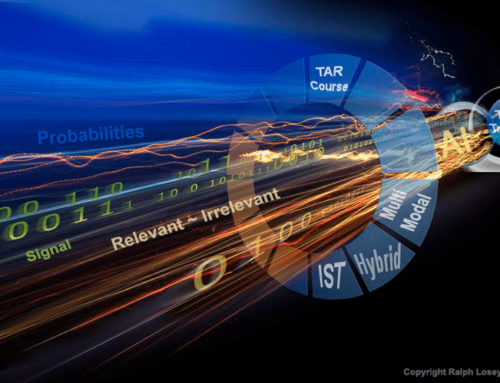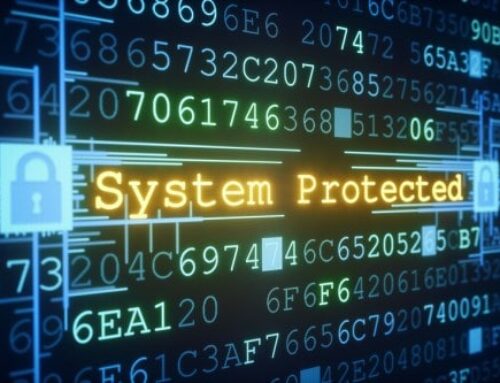O.C.R and Y.O.U:
The term OCR may sound like an intimidating tech term at first glance, but in actuality it is a very simple process that can make your data processing not only easier, but faster. To begin, let’s explain what this process actually is. Let’s dive into O.C.R and Y.O.U.
What is OCR?
Let’s imagine for a moment that our brains are a complex machine. As you are reading this article, your eyes are working to detect the characters written on this page and then sending them to your brain to be decoded in a language that you can understand. This process is similar to the OCR process that our computers are able to carry out. When you upload an image to your computer, that’s all that it is-an image. The computer would not be able to decipher between an image of the Eiffel tower and a page from the U.S constitution. This is where OCR comes in. In short, OCR (Optical Character Recognition) is the recognition and conversion of printed or written text into machine readable text. This can be done from a scanned document, a photo of a document, a scene-photo (for example the text on signs and billboards in a landscape photo) or from subtitle text superimposed on an image (for example from a television broadcast).
How Does It Work?
Although the OCR process sounds complicated, it’s actually quite a simple process. OCR uses two different algorithms to detect text; matrix matching and feature extraction.
Matrix matching, also known as pattern matching, is the simpler of the two. Matrix matching compares each character with a library of character matrices. When an image matches one of the matrices of pixels, it labels that image as the corresponding character.
Feature extraction, on the other hand, uses artificial intelligence to analyze features such as closed shapes, diagonal lines, lines intersection, etc. This process is more flexible of the two and can be employed in both typed and hand-written documents (although cursive writing is much more difficult to recognize due to the letters being joined and flowing together).
What Are the Advantages of OCR?
Now that you have converted your document into machine readable text, you can do a plethora of things. For example, you will now be able to search through your text using key words (which is certainly helpful when you have a large document that you have to sort through). You can now edit your document through a word processor, compress it into a zip file, and even send it through email. Now this machine-readable text can also be detected by screen readers that audibly read out the text so that the visually impaired can understand it.
But What About Text Extraction?
Many people confuse OCR with text extraction. Text extraction is the process where the native text file metadata information is extracted from ESI (electronically stored information), so that it can be searched in almost any database. It is extracting the text (which is already machine readable) so that it can be searched elsewhere, whereas OCR is converting the document into machine readable text.
Essentially, OCR is an extremely beneficial advance in technology, especially for those involved in the legal field. It is especially useful when preparing documents to be used in trial and can cut litigation prep time in half. It’s quick, easy, and effective, all of which are definitely valued here at Lit & More.
O.C.R and Y.O.U
For more Tidbits & Thoughts, please click here.






